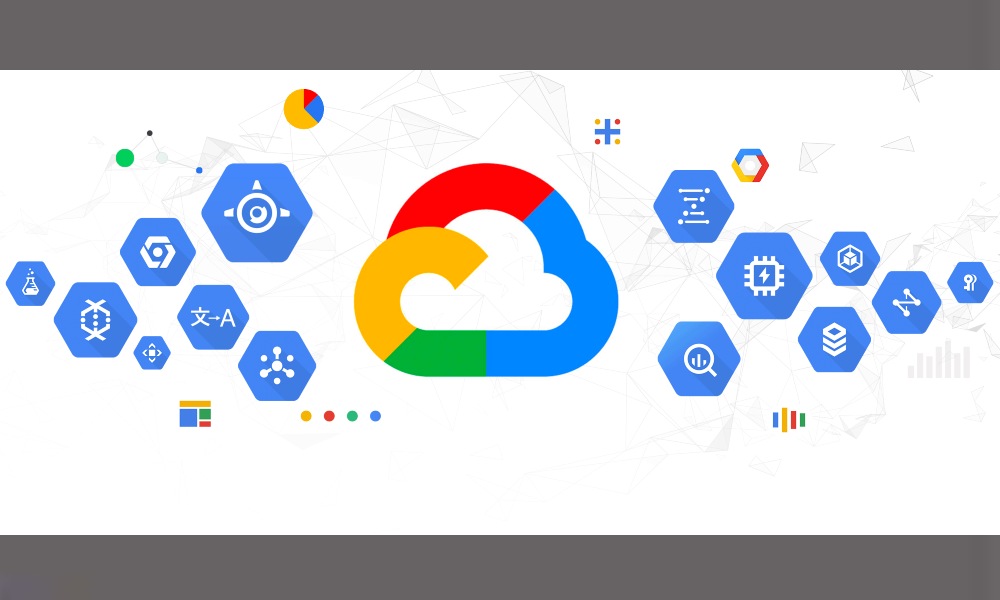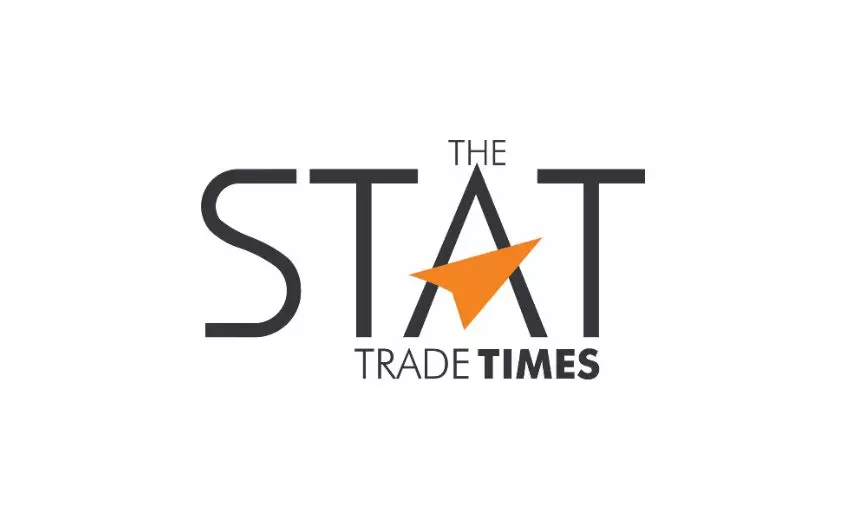
Google Cloud brings supply chain twin solution for end-to-end visibility
Google Cloud also announced the Supply Chain Pulse module that can be used with Supply Chain Twin to provide real-time dashboards, advanced analytics, alerts on critical issues like potential disruptions, and collaboration in Google Workspace.

Google Cloud announced the launch of Supply Chain Twin, a purpose-built industry solution that lets companies build a digital twin-a virtual representation of their physical supply chain-by orchestrating data from disparate sources to get a more complete view of suppliers, inventories, and other information.
Google Cloud also announced the Supply Chain Pulse module that can be used with Supply Chain Twin to provide real-time dashboards, advanced analytics, alerts on critical issues like potential disruptions, and collaboration in Google Workspace.
The majority of companies do not have complete visibility of their supply chains, resulting in retail stock outs, aging manufacturing inventory, or weather-related disruptions. In 2020, out-of-stock items alone cost the retail industry an estimated $1.14 trillion.
“Siloed and incomplete data is limiting the visibility companies have into their supply chains.” said Hans Thalbauer, managing director, supply chain and logistics solutions, Google Cloud. “The Supply Chain Twin enables customers to gain deeper insights into their operations, helping them optimize supply chain functions—from sourcing and planning, to distribution and logistics.”
With Supply Chain Twin, companies can bring together data from multiple sources, all while requiring less partner integration time than traditional API-based integration. Some customers have seen a 95 percent reduction in analytics processing time, with times for some dropping from 2.5 hours down to eight minutes. Data types supported in Supply Chain Twin include: Enterprise business systems: Better understand operations by integrating information such as locations, products, orders, and inventory from ERPs and other internal systems.
Supplier and partner systems: Gain a more holistic view across businesses by integrating data from suppliers, such as stock and inventory levels, and partners, such as material transportation status.
Public sources: Understand your supply chain in the context of the broader environment by connecting contextual data from public sources, such as weather, risk, or sustainability-related data, including public datasets from Google.
Once customers are up-and-running on Supply Chain Twin, the Supply Chain Pulse module enables further visibility, simulations, and collaboration features:
Real-time visibility and advanced analytics: Drill down into key operational metrics with executive performance dashboards that make it easier to view the status of the supply chain.
Alert-driven event management and collaboration across teams: Set mobile alerts that trigger when key metrics reach user-defined thresholds, and build shared workflows that allow users to quickly collaborate in Google Workspace to resolve issues.
AI-driven optimization and simulation: Trigger AI-driven algorithm recommendations to suggest tactical responses to changing events, flag more complex issues to the user, and simulate the impact of hypothetical situations.
“At Renault, we are innovating on how we run efficient supply chains. Improving visibility to inventory levels across our network is a key initiative,” said Jean-François Salles, Supply Chain Global Vice President at Renault Group. “By aggregating inventory data from our suppliers and leveraging Google Cloud's strength in organizing and orchestrating data, with solutions like the Supply Chain Twin we expect to achieve a holistic view. We aim to work with Google tools to manage both stock, improve forecasting, and eventually optimise our fulfillment.”
“End-to-end visibility across the entire supply chain is a top priority for supply chain professionals to optimize planning, real-time decision making and monitoring,” said Simon Ellis, Program Vice President at IDC. “Google Cloud's approach to a digital twin of the supply chain spans internal, external, and partner data networks without complex integrations. This approach can help organizations to better plan, monitor, collaborate and respond at scale.”
Customers are deploying Supply Chain Twin via Google Cloud partners
Retailers, manufacturers, CPG firms, healthcare networks, and other logistics-heavy companies can deploy Supply Chain Twin by working directly with Google Cloud's partner ecosystem. For example, system integration partners such as Deloitte, Pluto7, and TCS, can help customers integrate the Supply Chain Twin and relevant datasets into their existing infrastructure.
In addition, data partners, such as Climate Engine, Craft, and Crux can augment Supply Chain Twin by providing geospatial, sustainability, and risk management data sets for a more complete macroenvironment view. Finally, application partners such as Anaplan, Automation Anywhere, and project44 can provide information from their platforms into Supply Chain Twin to help customers better understand product lifecycles, track shipments across carriers, predict ETAs, and more.

